18 SUVs Built on a Truck Frame (Truck Based SUV 2023)
Ever heard of truck-based SUVs and wondered what makes them special? Some SUVs are built on a truck frame, while others are built on a unibody frame. Dive in as we unravel the strength and appeal of these rugged vehicles, perfect for adventure seekers and families alike!
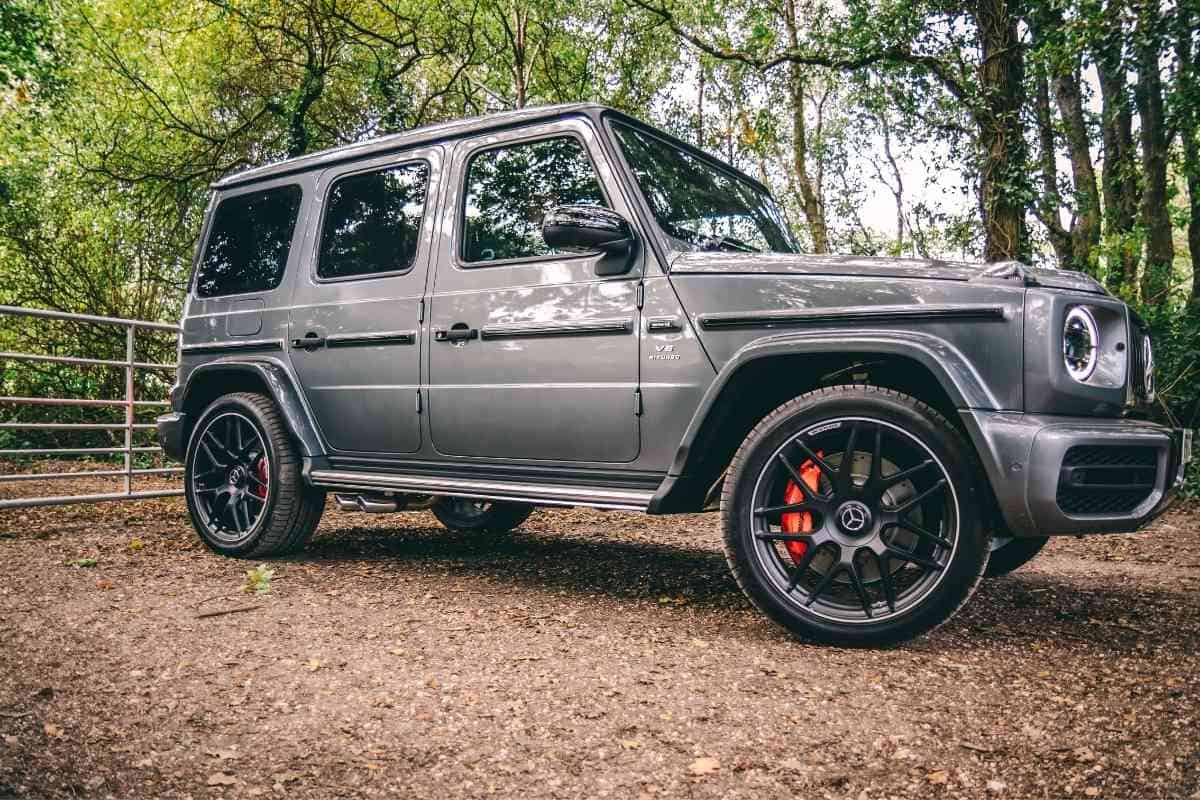
Key Takeaways
- SUVs built on a truck frame have a separate body and frame, making them more durable and better suited for heavy-duty tasks.
- Key features of SUVs built on truck frames include their durability, off-road capabilities, and towing capacity.
- Popular SUV models built on truck frames include the Chevrolet Tahoe, Ford Expedition, and Toyota 4Runner.
This article will discuss what SUVs are built on a truck frame, their key features, and popular models.
SUVs built on a truck frame use a “body-on-frame” construction. In this design, the vehicle’s body is separate from its sturdy underlying frame, akin to traditional trucks. This ensures durability, especially for towing and off-roading. Examples of such SUVs include the Chevrolet Tahoe, Toyota Land Cruiser, and Ford Bronco. While they’re known for their robustness, they might offer a stiffer ride than their unibody counterparts.
Understanding SUVs and truck frames is essential to make an informed decision when choosing an SUV. SUVs built on a truck frame have a separate body and frame, which makes them more durable and better suited for heavy-duty tasks.
These types of SUVs are also better equipped for off-road adventures and have excellent towing capacity.
On the other hand, SUVs built on a unibody frame have a single frame that integrates the body and frame, making them lighter and more fuel-efficient.
Key Features of SUVs Built on Truck Frames include their durability, off-road capabilities, and towing capacity. These SUVs are designed to withstand heavy-duty tasks and provide a smooth ride on rough terrain.
They also have high ground clearance, four-wheel drive, and low-range gearing, making them ideal for off-road adventures. Additionally, SUVs built on a truck frame have excellent towing capacity, making them perfect for hauling heavy loads.
Understanding SUVs and Truck Frames
SUVs and trucks are two vehicle types commonly used for work and leisure.
SUVs, or sport utility vehicles, are designed to provide a comfortable ride for passengers while also offering a high level of utility.
On the other hand, trucks are primarily designed for hauling cargo and towing trailers.
One of the key differences between SUVs and trucks is their frame construction. SUVs can be built using either a unibody or body-on-frame construction.
Unibody construction is where the frame and body of the vehicle are a single unit, while body-on-frame construction is where the body of the vehicle is mounted on a separate frame.
On the other hand, trucks are almost always built using a body-on-frame construction.
This type of construction provides high durability and strength, making it ideal for heavy-duty use.
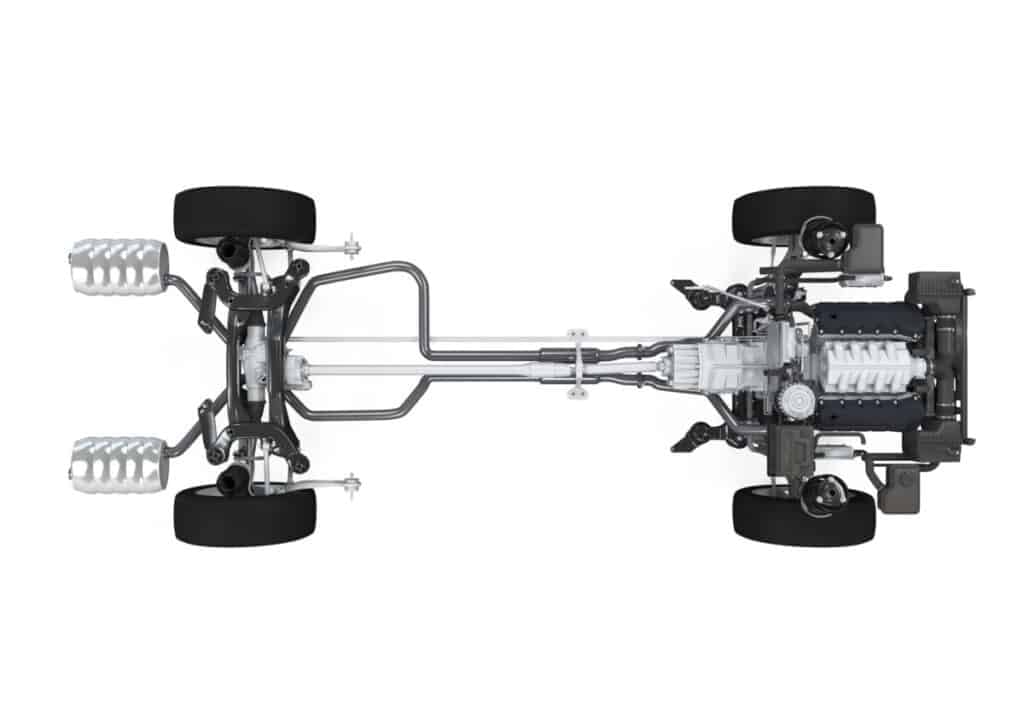
Body-on-frame SUVs are generally larger and heavier than unibody SUVs, which can make them more difficult to maneuver in tight spaces.
However, they are also more rugged and better suited for off-road use and towing heavy loads.
Some popular examples of body-on-frame SUVs include the Chevrolet Tahoe, Ford Expedition, and Toyota 4Runner. These vehicles are built on a truck chassis and offer excellent towing and hauling capabilities.
In contrast, unibody SUVs are generally smaller and lighter than body-on-frame SUVs, which can make them more fuel-efficient and easier to handle.
They are also generally more comfortable and offer a smoother ride, making them a popular choice for families.
Some popular examples of unibody SUVs include the Honda CR-V, Toyota RAV4, and Mazda CX-5. These vehicles are built using a single-unit construction and offer a more car-like driving experience.
In conclusion, understanding the differences between SUVs and truck frames can help you choose the right vehicle for your needs.
A body-on-frame SUV or truck may be the best choice if you need a rugged, heavy-duty vehicle for towing and hauling.
An unibody SUV may be better if you want a more comfortable, family-friendly vehicle with good fuel economy.
Key Features of SUVs Built on Truck Frames
SUVs built on truck frames are known for their ruggedness and superior off-road performance.
They are designed to provide exceptional towing and hauling capacities, making them ideal for those who need a vehicle that can handle heavy loads.
Here are some key features of SUVs built on truck frames:
Off-Road Capability
SUVs built on truck frames are designed to be used off-road. They typically have high ground clearance, which allows them to navigate rough terrain without getting stuck.
Additionally, they often come with features like four-wheel drive and low-range gearing, which provide better traction and control in challenging off-road conditions.
Towing and Hauling Capacities
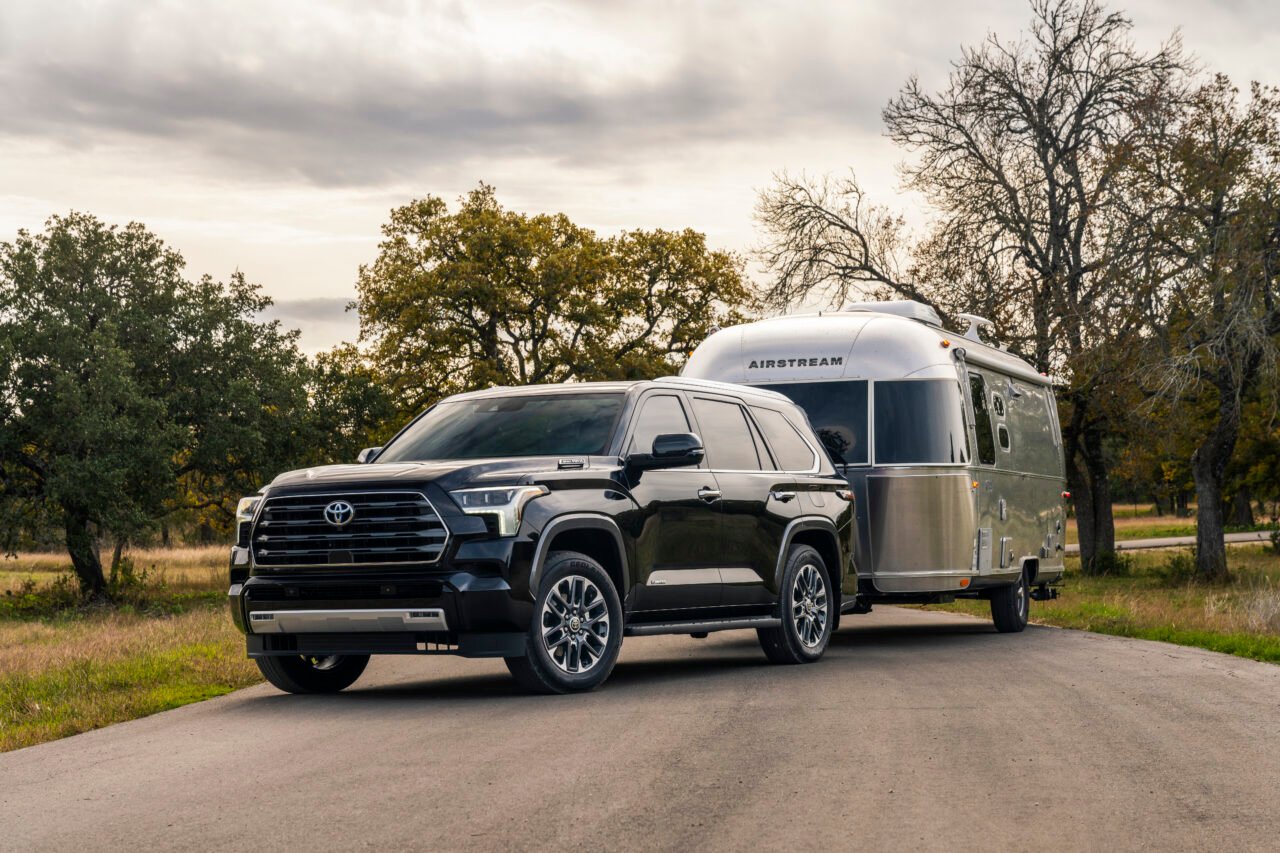
One of the primary advantages of SUVs built on truck frames is their ability to tow and haul heavy loads.
These vehicles typically have higher towing capacities than SUVs built on car platforms, making them a popular choice for those who need to tow trailers or boats.
Ruggedness
SUVs built on truck frames are known for their ruggedness and durability.
The vehicle’s chassis is separated from the body and bolted to a steel frame, providing additional strength and stability. This makes these vehicles ideal for off-road use and heavy-duty work.
Safety
SUVs built on truck frames are designed to be safe and stable on the road.
They typically have larger, more robust frames and stronger suspension systems than SUVs built on car platforms. This provides better protection for passengers in the event of an accident.
Comfort
Despite their ruggedness and off-road capabilities, SUVs built on truck frames can still be comfortable and luxurious.
Many of these vehicles come with features like leather seats, advanced infotainment systems, and premium sound systems, making them a popular choice for those who want a comfortable ride.
In summary, SUVs built on truck frames are ideal for those who need a vehicle that can handle heavy loads and challenging off-road conditions.
They offer superior towing and hauling capacities, ruggedness, safety, and comfort, making them a popular choice for a wide range of drivers.
18 Popular SUV Models Built on Truck Frames
Many SUVs are built on a truck frame, offering drivers a more rugged and durable vehicle.
Some of the most popular SUV models built on a truck frame are here.
Jeep Wrangler and Wrangler Unlimited
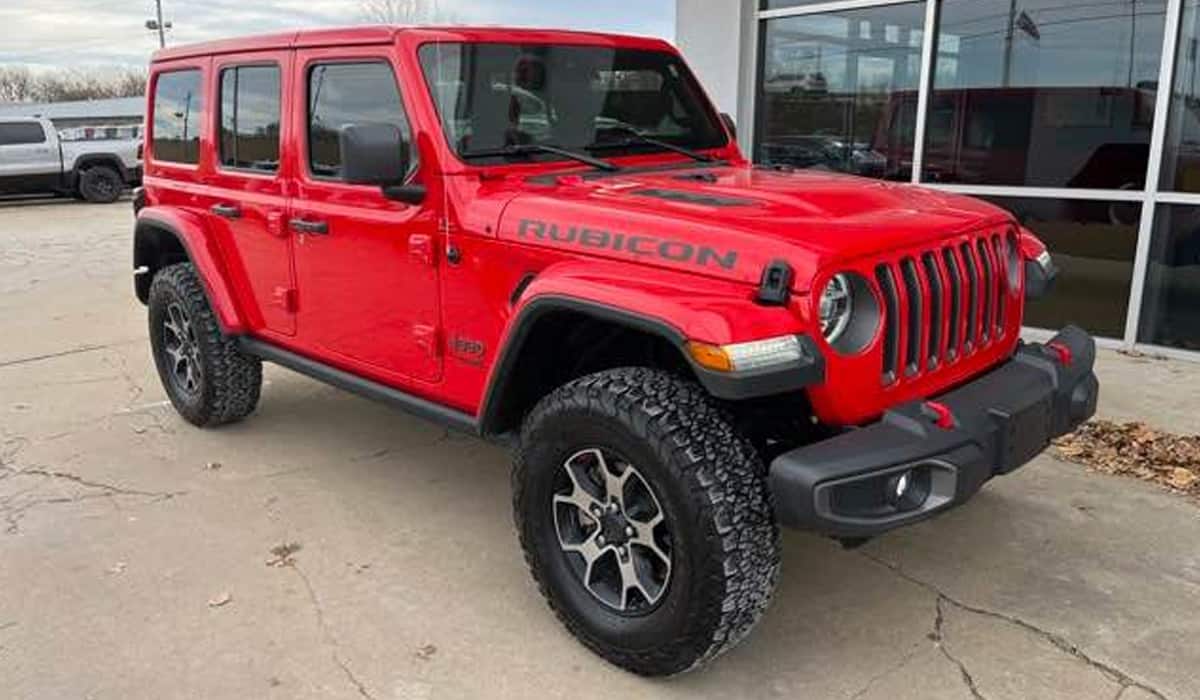
The Jeep Wrangler and Wrangler Unlimited are known for their off-road capabilities and are built on a truck frame.
These vehicles are popular among adventure-seekers and those who enjoy outdoor activities.
Ford Expedition and Expedition Max
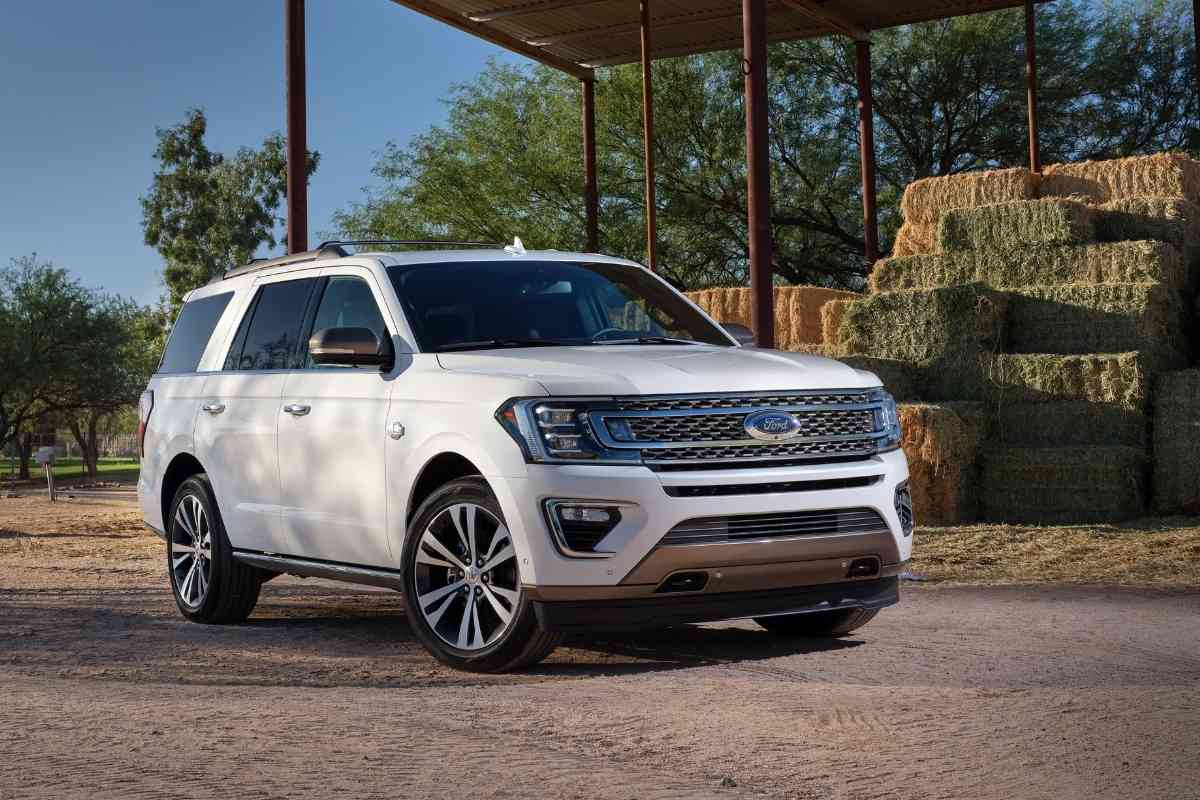
The Ford Expedition and Expedition Max are large SUVs that are built on a truck frame. These vehicles offer plenty of space for passengers and cargo, making them a popular choice for families.
READ More: Here are the Worst Ford Expedition Years To Avoid
Chevrolet Tahoe and Suburban
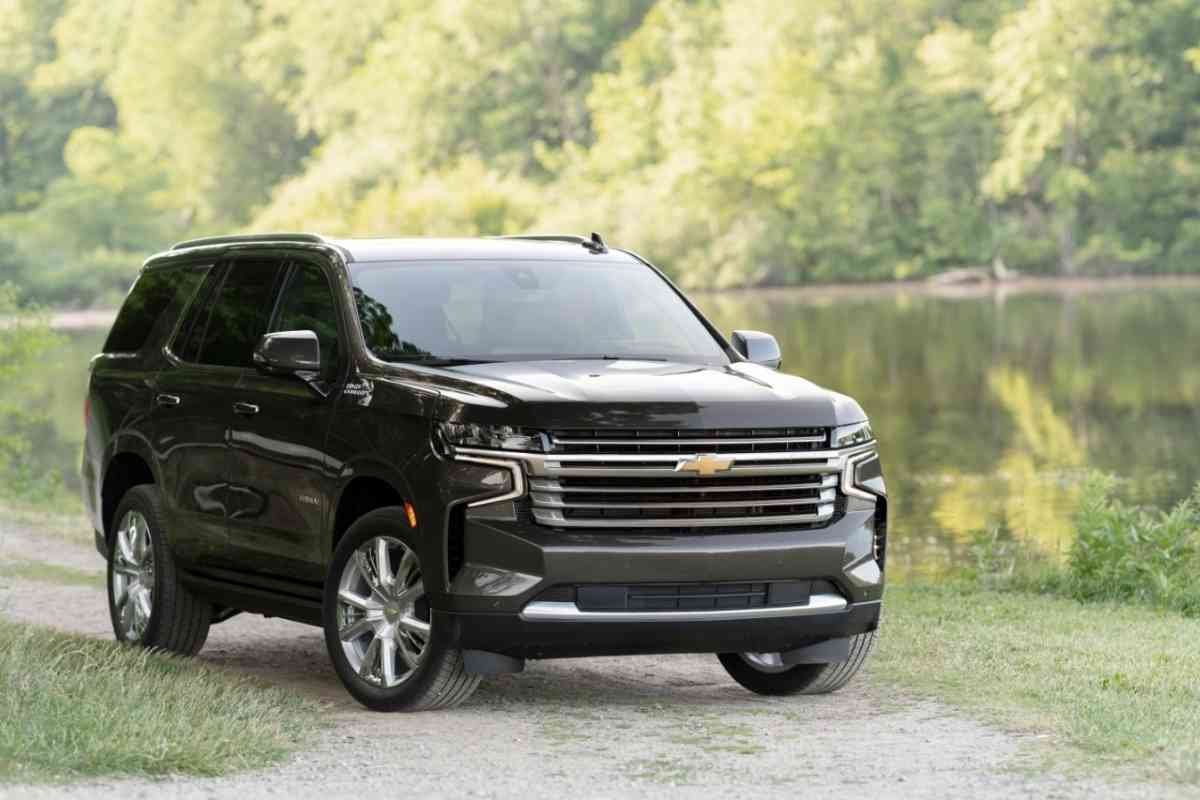
The Chevrolet Tahoe and Suburban are both built on a truck frame and are popular among drivers who need a vehicle with towing capabilities.
These SUVs are also known for their spacious interiors and comfortable ride.
READ More: Tahoe Years to Avoid and Suburban Reliablity!
Nissan Armada
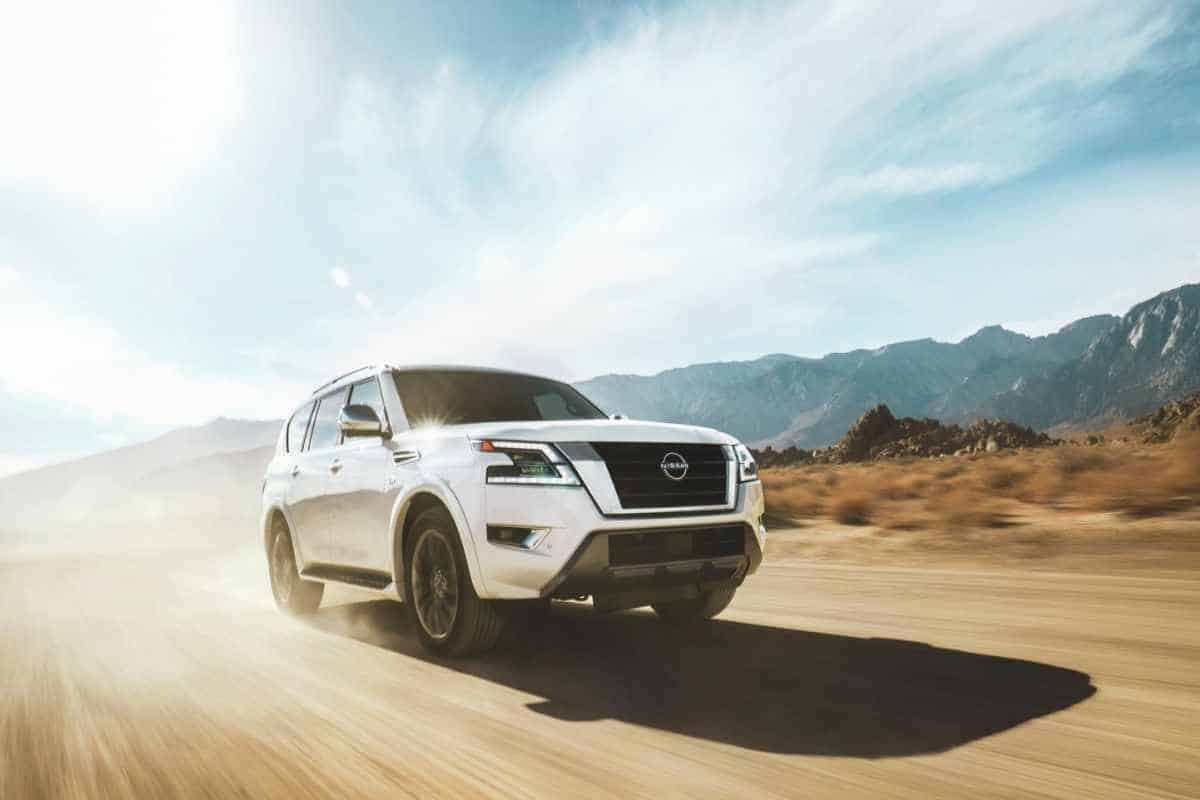
The Nissan Armada is built on a truck frame and offers drivers a powerful engine and excellent towing capabilities. This SUV is also known for its spacious interior and advanced safety features.
GMC Yukon and Yukon XL
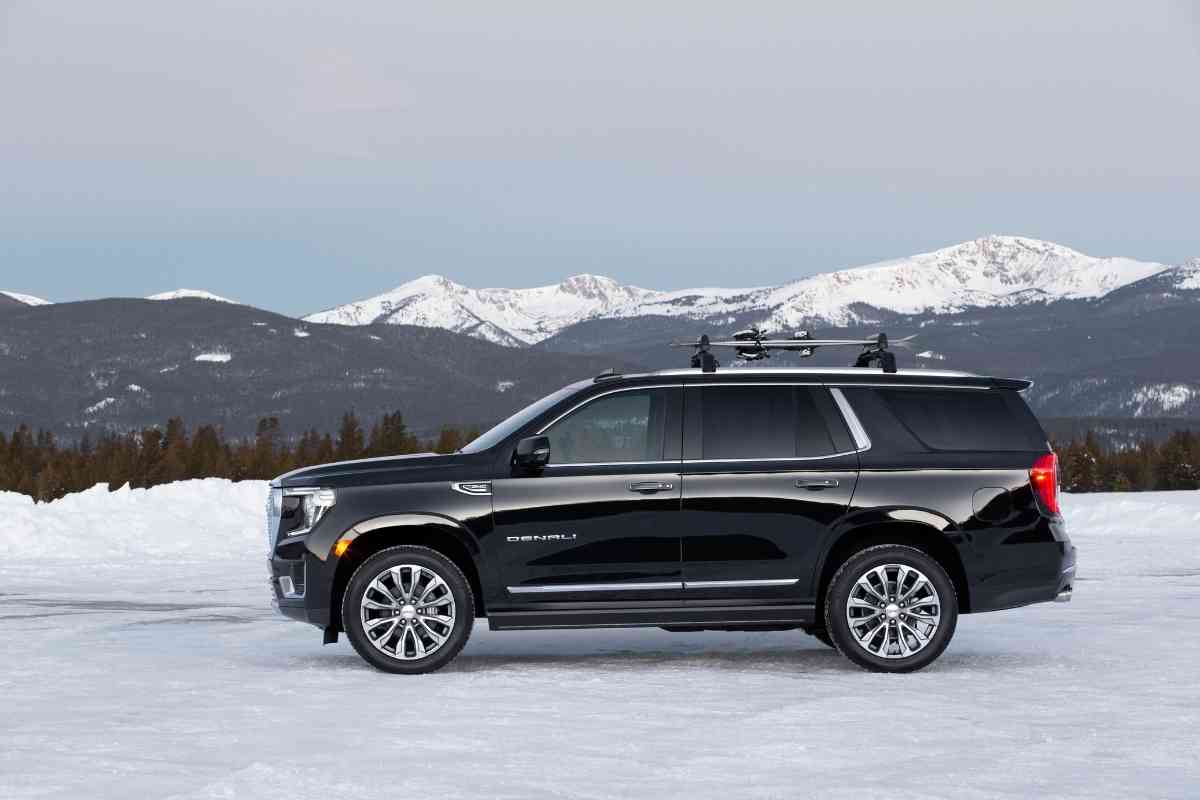
The GMC Yukon and Yukon XL are built on a truck frame and popular among drivers needing a vehicle with towing capabilities.
These SUVs are also known for their luxurious interiors and advanced technology features.
READ: Best and Worst years for the GMC Yukon
Cadillac Escalade
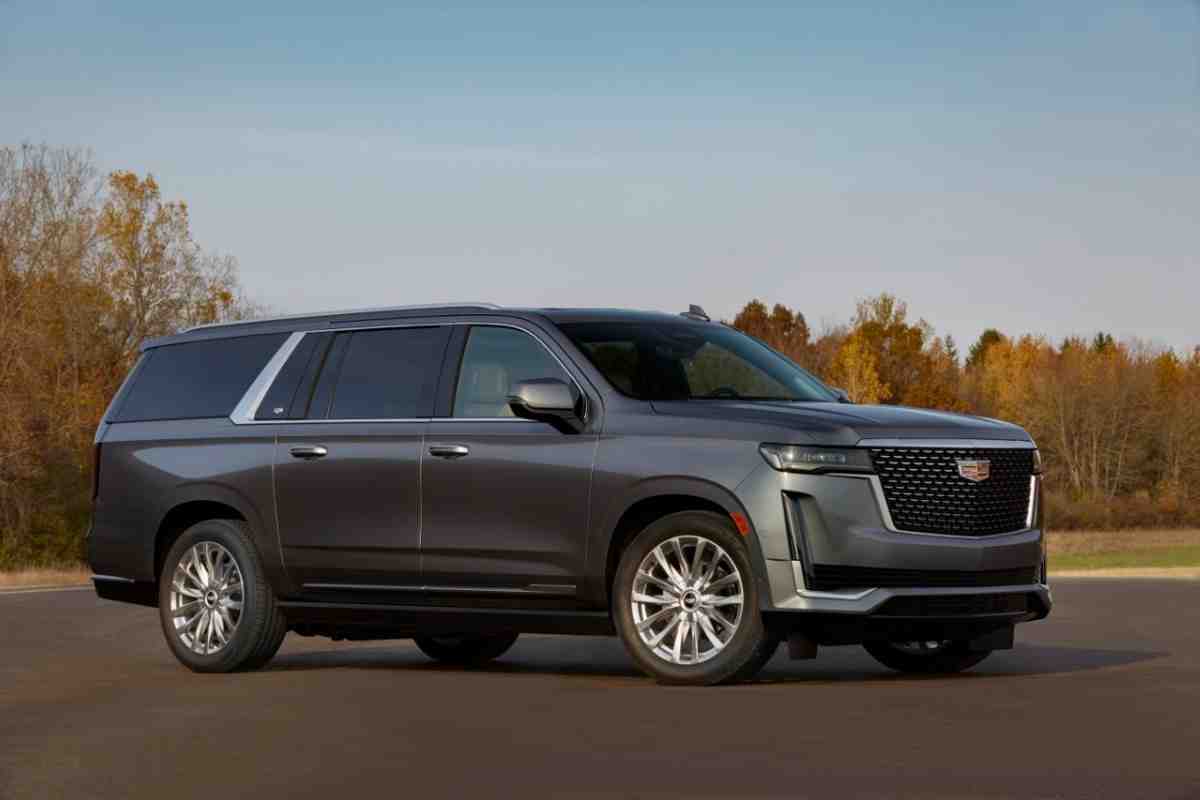
The Cadillac Escalade is built on a truck frame and offers drivers a powerful engine and advanced technology features. This SUV is also known for its luxurious interior and comfortable ride.
READ More: Best Years For Cadillac Escalade
Toyota 4Runner, Land Cruiser, and Sequoia
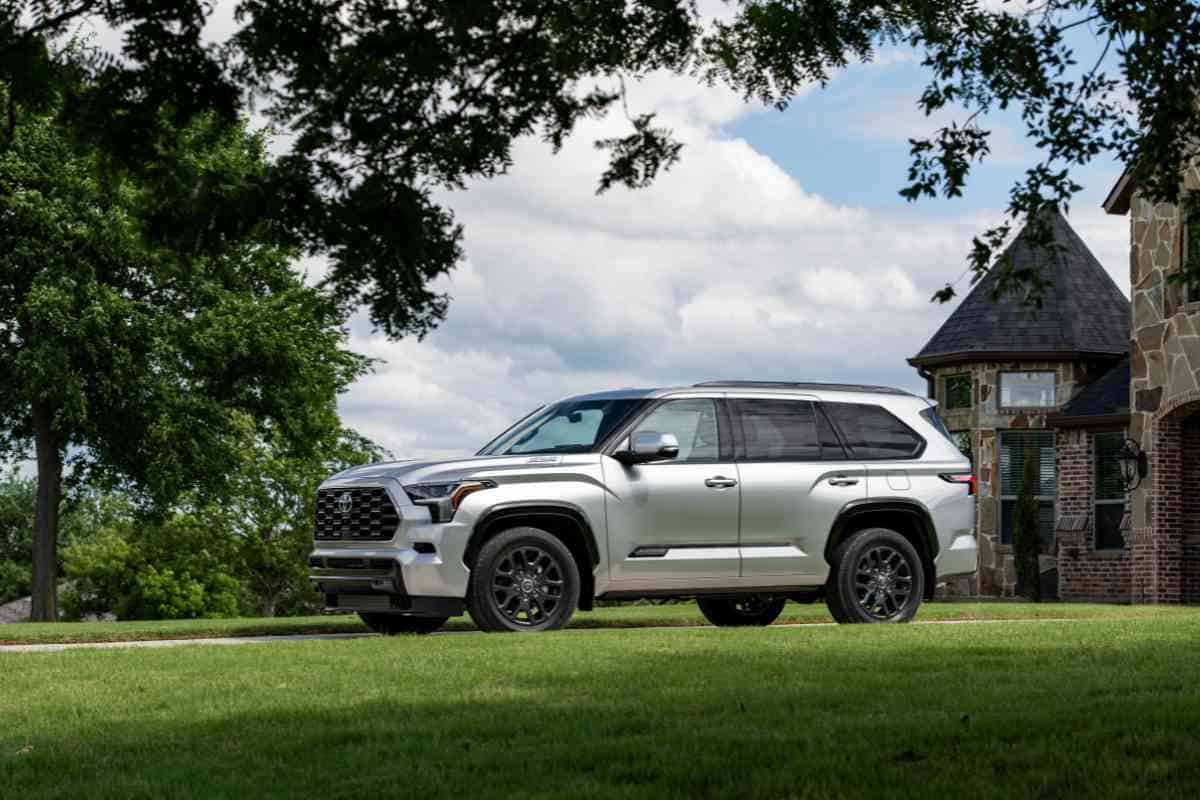
Toyota offers several SUV models that are built on a truck frame, including the 4Runner, Land Cruiser, and Sequoia. These vehicles are popular among drivers who need a vehicle with off-road capabilities and towing capabilities.
READ More: Best and Worst Years for the Toyota 4Runner
Lexus GX and LX
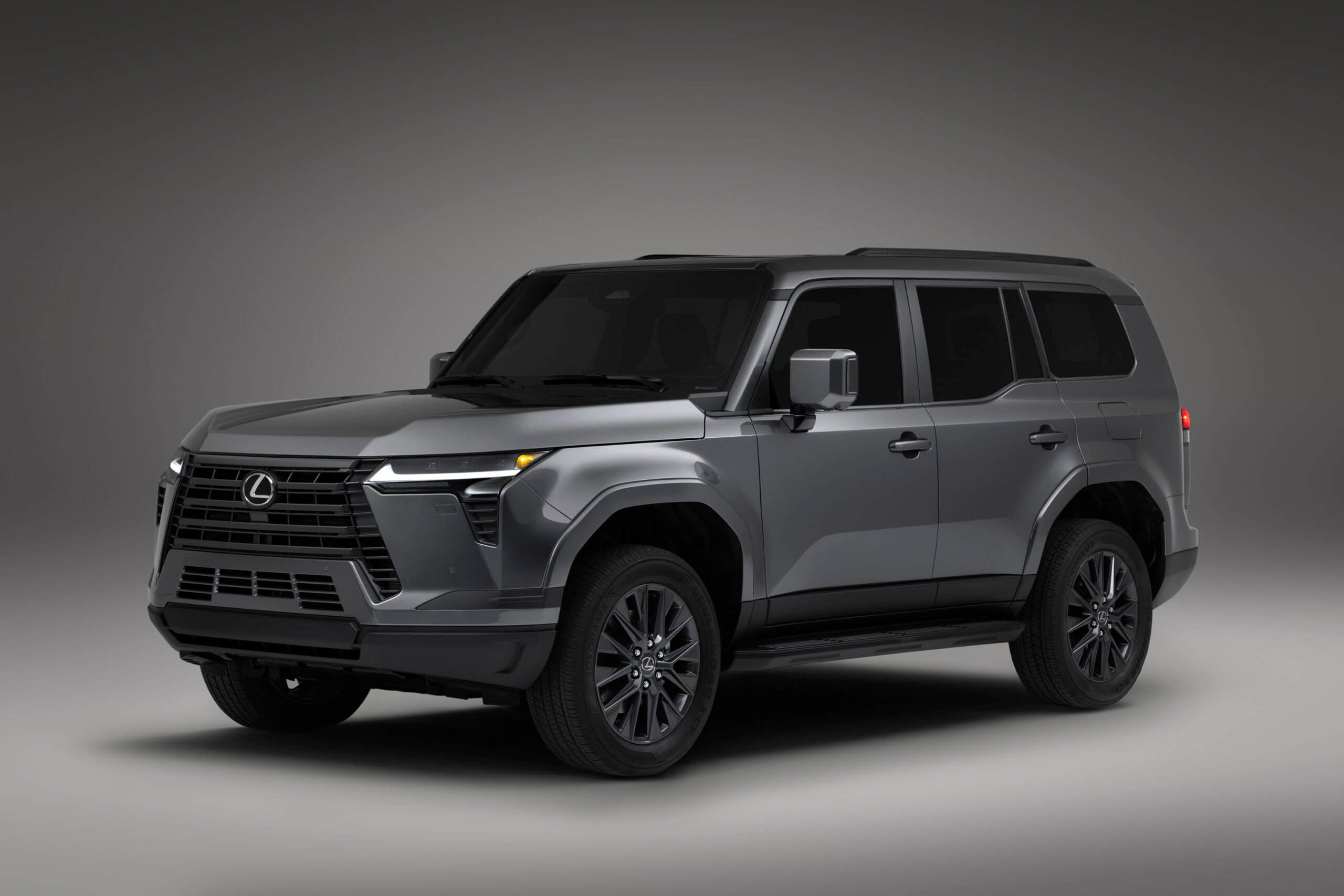
Lexus offers two SUV models that are built on a truck frame, the GX and LX. These vehicles are known for their luxurious interiors and advanced technology features.
READ More: Lexus GX Years to Avoid, New Lexus GX 550, and Best Years for the Lexus LX
Infiniti QX80
The Infiniti QX80 is built on a truck frame and offers drivers a powerful engine and advanced technology features. This SUV is also known for its spacious interior and comfortable ride.
Mercedes-Benz G-Class and AMG G63
The Mercedes-Benz G-Class and AMG G63 are built on a truck frame and popular among drivers who want a luxurious SUV with off-road capabilities.
These vehicles are known for their powerful engines and advanced technology features.
Technical Aspects of SUVs and Truck Frames
SUVs built on truck frames are known for their ruggedness and durability.
These vehicles are designed to handle tough terrains, heavy loads, and towing capacities.
In this section, we will discuss the technical aspects of SUVs and truck frames.
Engine
SUVs built on truck frames typically have powerful engines that are capable of delivering high horsepower and torque.
These engines are designed to provide ample power to the vehicle, even when it is loaded with heavy cargo or towing a trailer.
Suspension
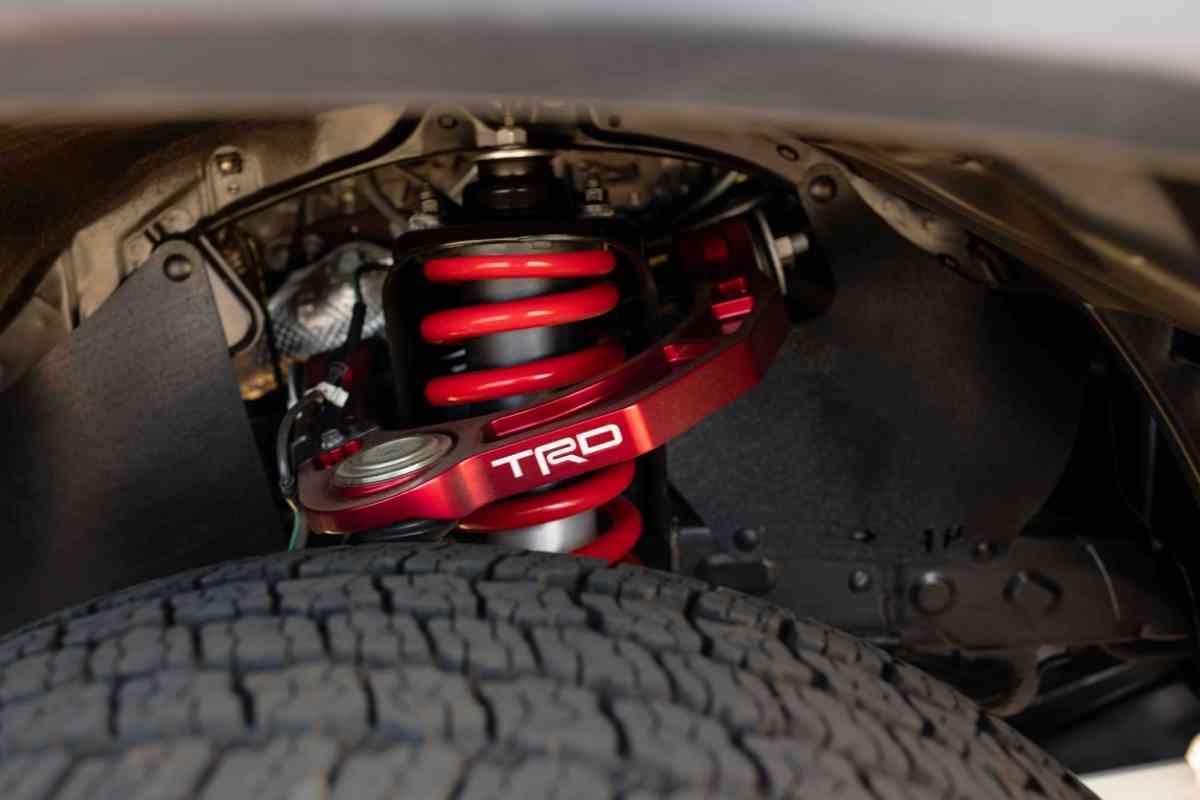
Truck frames are known for their sturdy and robust suspension systems. These systems are designed to handle heavy loads and provide a smooth ride, even on rough terrains.
Most SUVs built on truck frames have a ladder frame suspension system, which is known for its strength and durability.
Transmission
SUVs built on truck frames typically come with either manual or automatic transmissions.
Manual transmissions are known for their superior off-road capabilities, while automatic transmissions are preferred for their ease of use and convenience.
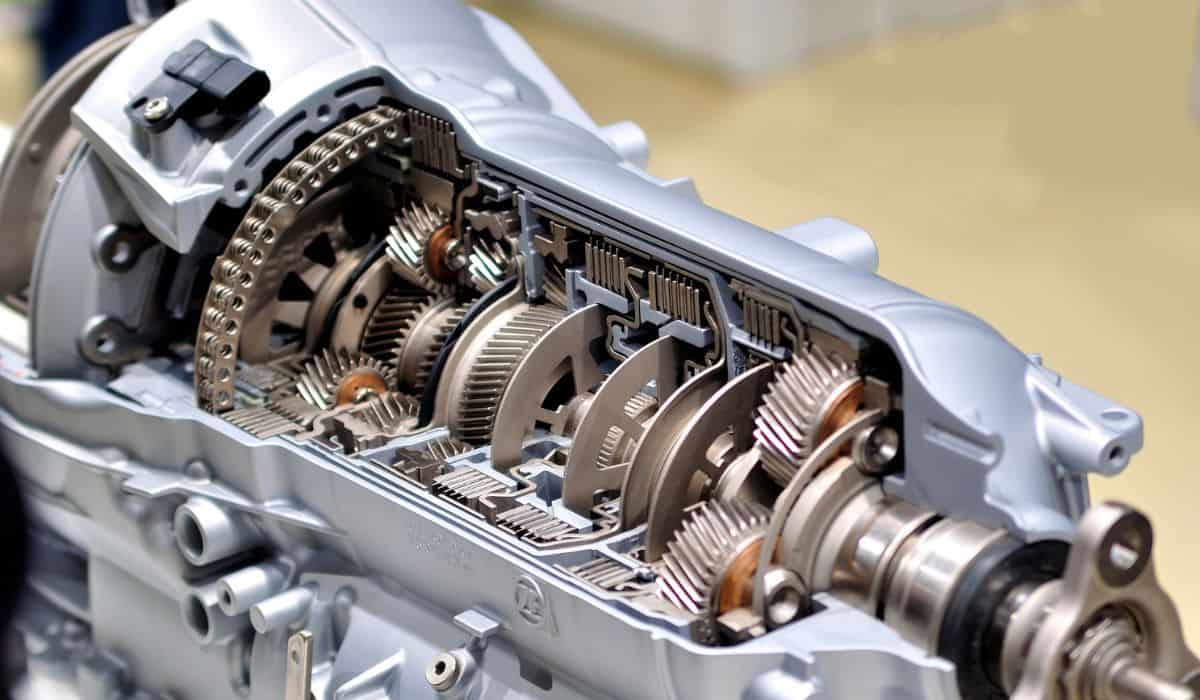
Horsepower and Torque
Horsepower and torque are two important factors to consider when choosing an SUV built on a truck frame.
These vehicles typically have high horsepower and torque ratings, which are necessary for hauling heavy loads and towing trailers.
Ladder Frame
The ladder frame is a type of suspension system used in most SUVs built on truck frames.
This system is known for its strength and durability, making it ideal for off-road driving and heavy loads.
Independent Rear Suspension
Some SUVs built on truck frames come with independent rear suspension systems. These systems provide a more comfortable ride and better handling, especially on rough terrains.
In conclusion, SUVs built on truck frames are designed to provide superior strength and durability. These vehicles are ideal for off-road driving, heavy loads, and towing capacities.
When choosing an SUV built on a truck frame, it is important to consider factors such as engine, suspension, transmission, horsepower, torque, ladder frame, and independent rear suspension.
Comparing SUVs Built on Truck Frames with Unibody SUVs
When it comes to choosing an SUV, one of the main decisions you will need to make is whether to go for a body-on-frame SUV or a unibody SUV.
Both types of SUVs have their advantages and disadvantages, and the choice ultimately depends on your needs and preferences.
Body-on-Frame SUVs
Body-on-frame SUVs are built on a separate frame, which is then attached to the body of the vehicle.
This type of construction is more rugged and durable, making it ideal for off-roading and heavy-duty towing and hauling.
Some of the most popular body-on-frame SUVs include the Ford Expedition, Chevy Tahoe, and Toyota 4Runner.
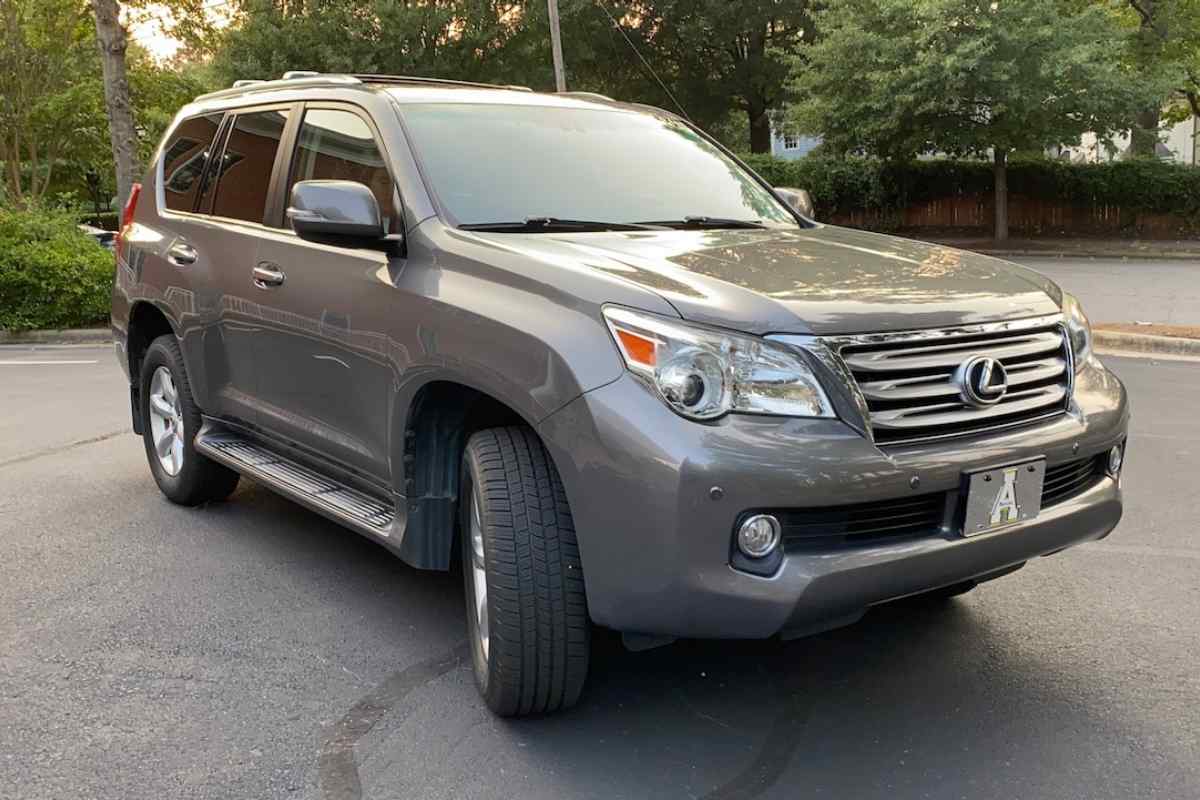
However, body-on-frame SUVs also have some disadvantages.
They tend to be heavier and less fuel-efficient than unibody SUVs and may not provide as smooth a ride.
Additionally, their higher ground clearance can make them more difficult to get in and out of, especially for shorter passengers.
Unibody SUVs
Unibody SUVs, also known as crossovers, are built on a single, integrated frame.
This type of construction is lighter and more fuel-efficient than body-on-frame SUVs, and it provides a smoother, more car-like ride.
Due to their lower ground clearance, Unibody SUVs are also easier to get in and out of. Some popular unibody SUVs include the Honda CR-V, Toyota RAV4, and Mazda CX-5.
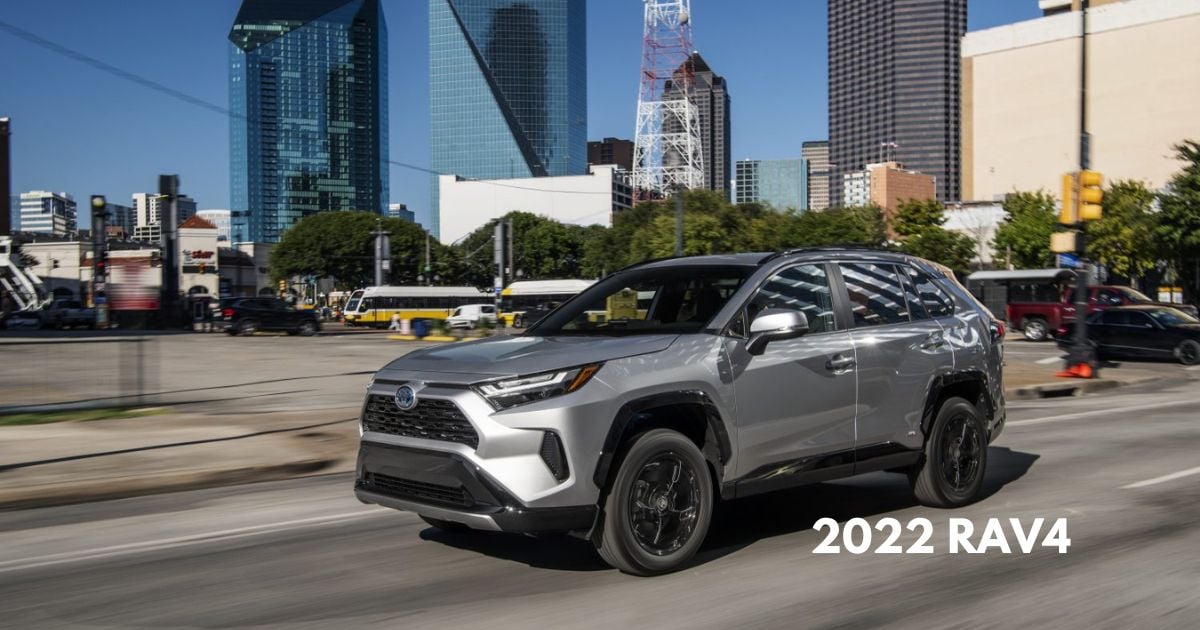
However, unibody SUVs also have some disadvantages.
They are generally not as rugged or durable as body-on-frame SUVs, which can limit their off-road capabilities and towing capacity.
Additionally, their lower ground clearance can make them less suitable for driving in rough terrain or deep snow.
In conclusion, the choice between a body-on-frame SUV and a unibody SUV depends on your specific needs and preferences.
A body-on-frame SUV may be the better choice if you need a vehicle that can handle heavy-duty towing and hauling or off-roading.
However, a unibody SUV may be the way to go if you prioritize fuel efficiency, a smooth ride, and ease of entry and exit.
Economic Factors of SUVs Built on Truck Frames
When considering purchasing an SUV, one of the factors that may come to mind is the economic impact of owning such a vehicle.
SUVs built on truck frames tend to be more expensive than their car-based counterparts due to the cost of manufacturing and materials. However, there are also economic benefits to owning an SUV built on a truck frame.
One advantage is that these SUVs tend to have higher towing and hauling capacities, making them ideal for those needing to transport heavy loads.
They are generally more rugged and durable, with a longer lifespan than car-based SUVs.
On the other hand, fuel economy tends to be lower for SUVs built on truck frames, which can be a significant economic factor to consider.
These vehicles tend to be less fuel-efficient due to their larger size and weight, so owners may spend more on gas over time.
Despite this, there are still affordable options for those who are interested in purchasing an SUV built on a truck frame.
Many manufacturers offer a range of models at different price points, making it possible to find a vehicle that fits within your budget.
Overall, there are both economic advantages and disadvantages to owning an SUV built on a truck frame. It is important to carefully consider your individual needs and budget before making a decision.
Design and Redesign of SUVs Built on Truck Frames
SUVs built on truck frames have been around for decades, and their design and redesign have evolved over time.
The primary advantage of a truck frame is its ability to handle heavier loads and more rugged terrain. In recent years, the trend has been towards unibody construction, which provides a smoother ride and better fuel efficiency.
However, there is still a demand for larger, heavier, and more rugged SUVs built on truck frames.
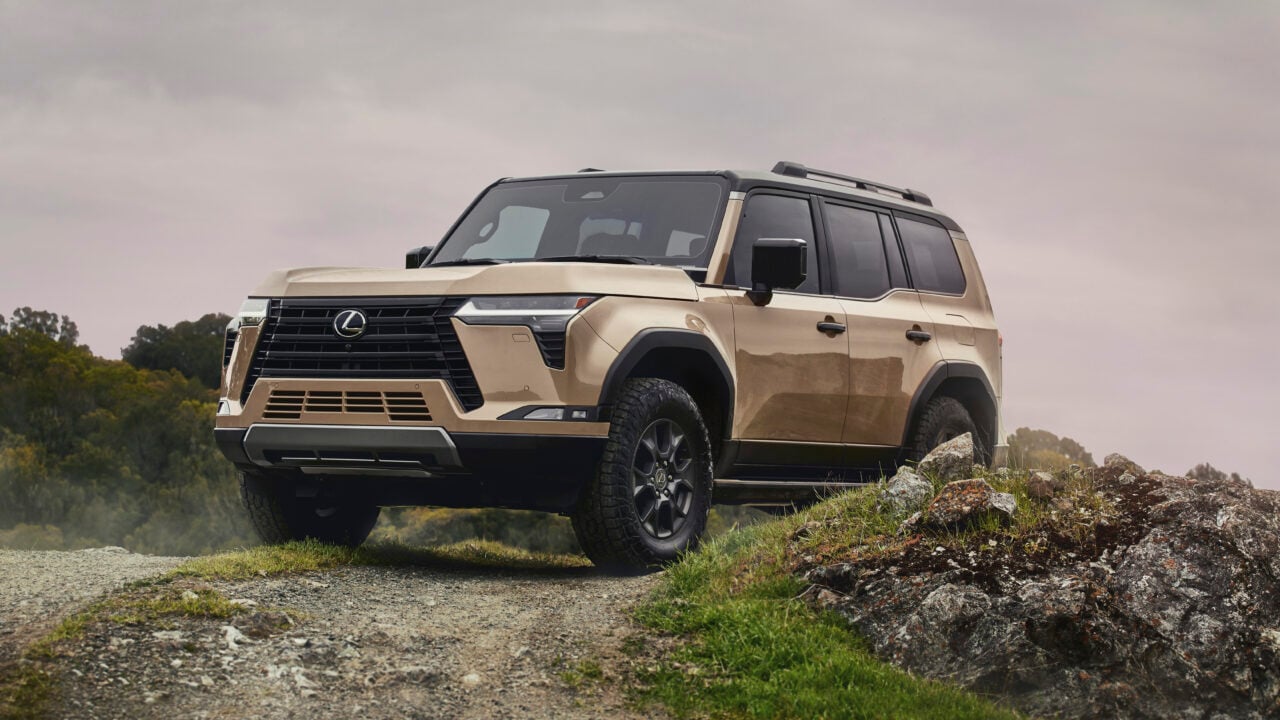
Luxury SUVs are a prime example of this trend. These vehicles offer high-end features such as 36 speakers, advanced safety systems, and luxurious interiors.
They are built on truck frames to provide the necessary strength and durability to handle the added weight and features.
The redesign of these vehicles has focused on improving fuel efficiency and reducing emissions while maintaining their ruggedness and luxury.
Another trend in the design and redesign of SUVs built on truck frames is the use of lightweight materials.
Aluminum and other lightweight materials are being used to reduce the weight of these vehicles, which improves fuel efficiency and handling.
This trend is expected to continue as manufacturers seek to meet fuel economy standards while maintaining the ruggedness and durability of these vehicles.
In conclusion, SUVs built on truck frames have undergone significant design and redesign over the years.
The trend towards unibody construction has led to improved fuel efficiency and a smoother ride, but there is still a demand for larger, heavier, and more rugged SUVs built on truck frames.
Luxury SUVs are a prime example of this trend, with their focus on high-end features and advanced safety systems.
The use of lightweight materials is also a growing trend, as manufacturers seek to improve fuel efficiency while maintaining the ruggedness and durability of these vehicles.
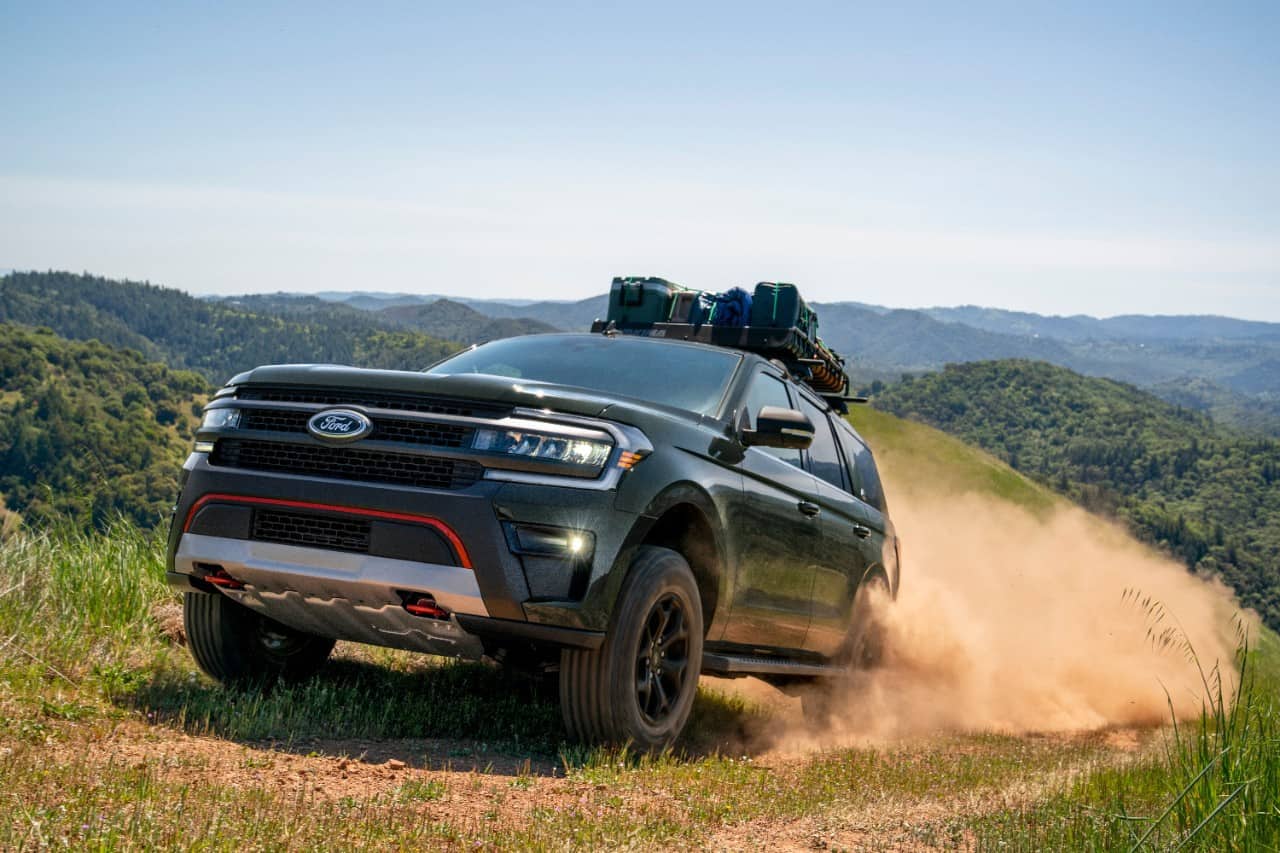
Share Your Insights With US
Did we forget something, get something right (or wrong)? We’d love to hear your insights! Share your automotive experiences based on our article in the comments below. Your input enriches our community’s knowledge. Thanks in advance for sharing!
Manufacturers and Market of SUVs Built on Truck Frames
Several manufacturers in the United States produce SUVs built on truck frames.
General Motors, Ford, Toyota, Lexus, Infiniti, Nissan, Mercedes, Cadillac, Lincoln, and Jeep are among the manufacturers that still offer large SUVs with truck frames.
These SUVs are known for their sturdy construction, excellent towing and hauling capacities, and optional four-wheel drive and low range gearing.
In the US, there are a total of 18 SUVs made with body-on-frame construction. These SUVs are trucklike in their roots and still tougher than a box of rocks today.
They are popular among drivers who require a vehicle that can handle heavy loads and rough terrain.
The market for SUVs built on truck frames is still strong. Many drivers prefer these vehicles over crossover SUVs because of their durability and off-road capabilities.
They are particularly popular among those who frequently tow boats, trailers, or other heavy loads.
In addition to their practicality, SUVs built on truck frames also offer a range of luxury features.
The Cadillac Escalade, for example, is a popular choice among drivers who want a spacious and comfortable vehicle with a powerful engine and advanced technology features.
Overall, the market for SUVs built on truck frames remains robust, and manufacturers continue to produce new models to meet the demand.
Whether you need a vehicle for work or play, there are plenty of options available to suit your needs.
Frequently Asked Questions
Which SUVs are built on a truck frame?
SUVs that are built on a truck frame are known as body-on-frame SUVs. These vehicles have a separate body and frame, which are then bolted together. Some of the SUVs that are built on a truck frame include the Chevrolet Tahoe, Ford Expedition, and Toyota 4Runner.
What is the difference between body-on-frame SUVs and unibody SUVs?
The main difference between body-on-frame SUVs and unibody SUVs is their construction. Body-on-frame SUVs have a separate body and frame, while unibody SUVs have a single body and frame. Unibody SUVs are typically lighter and more fuel-efficient, but they may not be as durable or capable as body-on-frame SUVs.
What are some of the best body-on-frame SUVs on the market?
Some of the best body-on-frame SUVs on the market include the Chevrolet Tahoe, Ford Expedition, Toyota 4Runner, and GMC Yukon. These vehicles are known for their durability, towing capacity, and off-road capability.
Are there any sedans that are built on a body-on-frame chassis?
No, sedans are not typically built on a body-on-frame chassis. This type of construction is usually reserved for larger vehicles like SUVs and trucks.
Can you explain the benefits of a body-on-frame SUV compared to a unibody SUV?
Body-on-frame SUVs are generally more durable and capable than unibody SUVs. They are better suited for towing and off-roading, and they can handle heavy loads with ease. However, they are typically less fuel-efficient and may not offer the same level of comfort as unibody SUVs.
Which trucks are built on a body-on-frame chassis?
Most trucks are built on a body-on-frame chassis. This type of construction allows for greater durability and towing capacity, which is essential for trucks. Some of the most popular trucks that are built on a body-on-frame chassis include the Ford F-150, Chevrolet Silverado, and Ram 1500.
